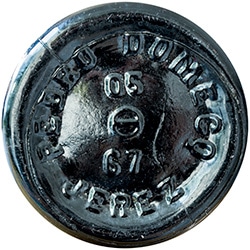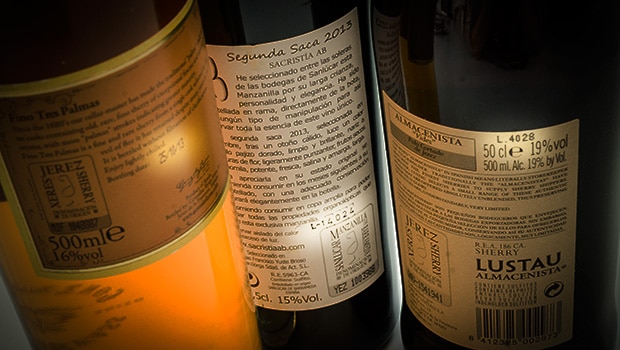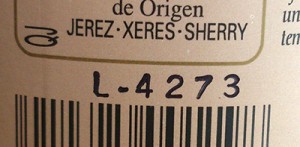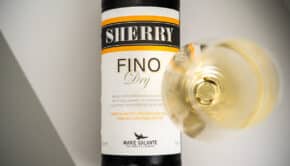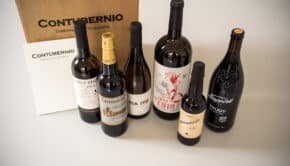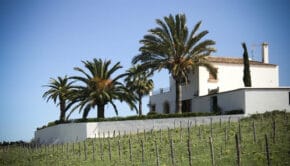L-code: bottling codes in sherry
Most sherry producers will stress the fact that their products have a limited shelf life (in the case of a Manzanilla or Fino most will tell you to drink it within a year after a bottling). While it’s true that fresh bottles will be different from older bottles, we don’t always agree that the fresher examples are better. More on that later.
Bottling codes or L-codes
In any case it certainly doesn’t hurt to know when you’ve bought a certain bottle and how long it has been lying in your cellar (or more importantly: how long it has been on the shelves of your retailer). A long time in the cellar doesn’t mean it will have gone bad but at least we should be aware of the age. But… most sherries don’t carry vintages or age statements, so how do we know the age? Well, there’s another clue that will give away the age of a bottle: bottling codes or L-codes. These are small codes printed on the label, or sometimes directly onto the glass (which can be hard to spot).
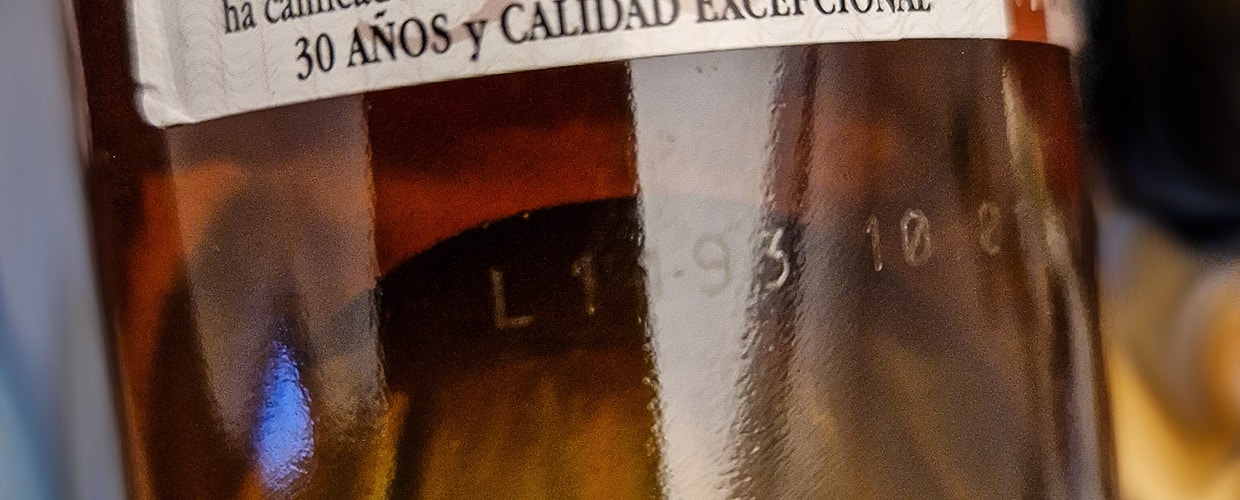
L-codes can be really hard to spot in glass
Traditionally bodegas have been reluctant to inform you of the exact bottling date. Some fear it would be mistaken for a best-before-date (potentially losing some sales or causing frustration), others don’t want you to compare different batches (after all one of the purposes of a solera is to keep a constant profile). This resistance towards date indications are overcome by bottling codes. However there are many different formats and some may be really difficult to decipher. Let’s look at a few examples.
Transparent labels
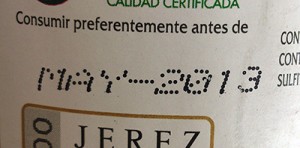
Some bodegas will tell you straight away, simple as that. La Guita is said to be the first brand to mention a clear bottling date. Today they do so in plain Spanish (EMBT MAYO 2013) as well as with an L-code (see below). Manzanilla Solear doesn’t mention a bottling date, but they’re one of the only brands that mention a due date (Consumir preferentemente antes de Mayo 2013). Boutique bottlers with very small batches, like Equipo Navazos, Alexander Jules or Bodegas Tradicion will mention the bottling month and year on the front label – for them it’s a way of respecting their product and its consumers.
Clear dates are also seen with: Gonzalez Byass Palmas series, Tio Pepe En Rama and others.
The L-code system
A good alternative for actual dates are the slightly cryptical codes that are only understood by well-informed people. The advantage for the producer is that they can’t be mistaken for a due date. The standard code – also used in other types of drinks – starts with the letter L (an abbreviation of Lot) and is followed by some numbers. Unfortunately multiple variations of the L-code exist, so we’ll look at some examples and explain the general idea.
L+4 digits: L-yddd / L-dwwy
In this case <y> is the bottling year (without the decade) and <ddd> is the day of the year (1 to 366), so the picture above indicates 29th of September 2004 (or 2014). In rare occasions an extra character is added in between, e.g. L3V139, or at the end. This doesn’t have a fixed meaning, it could be a bottling line for example.
There is an alternative which has the day of the week, the week number and the year. So for instance L-5341 translates as the fifth day from the 34th week of 2021.
This system is seen with the majority of bodegas: Lustau, Hijos de Rainera Perez Marin, Williams & Humbert, Argüeso, Harveys, Emilio Hidalgo, Delgado Zuleta, Pedro Romero, Toro Albalá, Alvear and others.
L+5 digits: L-yyddd(x)
A small variation on the above, with the decade this time. In this case <yy> is the bottling year and <ddd> is the day of the year (1 to 366). Sometimes an extra character is added at the end (e.g. with Valdespino).
Seen with: Fernando De Castilla, La Cigarrera, Alvaro Domecq, Pérez Barquero, Valdespino, Barbadillo, Romate, Sacristía AB, Mons Urium and others.
L+5 digits: L-dddyy
Like the above, but mirrored. This structure can be mistaken for L-yyddd as it contains an equal amount of digits.
Seen with: Bodegas Dios Baco, Osborne and others.
L+5 digits: L-ywwdd
Yet another type with 5 digits. In this structure there is <y> for year (no decade), <ww> for the week number (01 to 52) and <dd> for the day (01 to 05). This makes it even more confusing. If we would read L-00605 like the above L-dddyy, it would be the 6th of January 2005. That’s Reyes Magos, a holiday in Spain, so quite unlikely. It was actually the 5th of February 2010 (6th week, day five). How do you know for sure? You can’t, the 5-digit structure can be very ambiguous unless you know the producer’s standards. You may need to find other bottles to figure it out.
Seen with: Hidalgo – La Gitana and others.
As a general rule, the L-yyddd form is by far the most common 5-digit structure and the other ones are pretty rare.
Arbitrary / internal codes
Some producers will use an arbitrary code, simply for traceability and linked to their internal stock tracking. Gonzalez Byass is probably the best known bodega using its own codes, e.g. L-X0530W or L-YS560B1. Unfortunately these are impossible to decode, or at least I haven’t figured it out yet, even after so many bottles.
Also the Consejo Regulador distributes labels and bottle tags with a unique code, but these can’t be traced back to a certain date or year either.
Antique bottles of sherry
